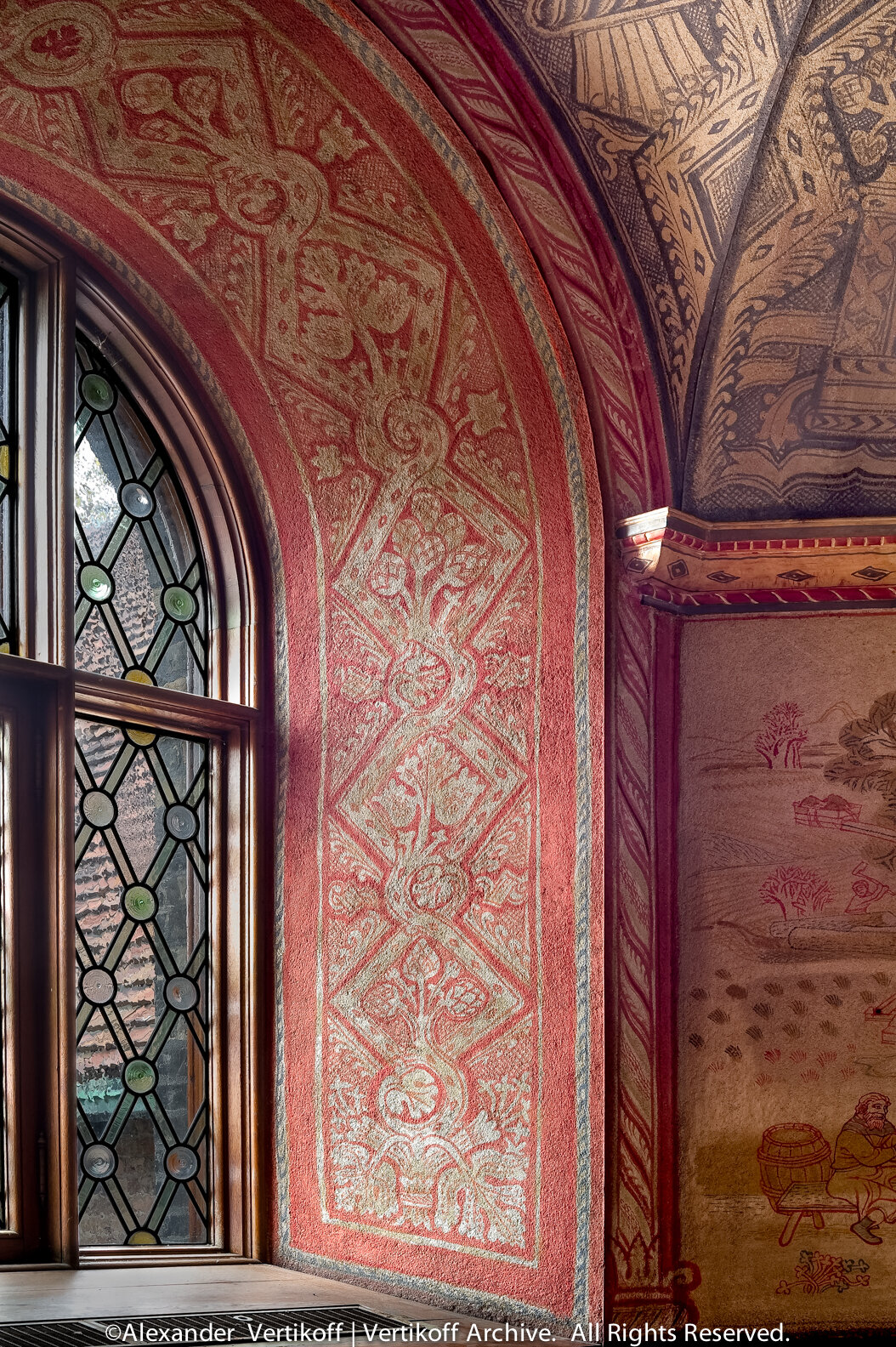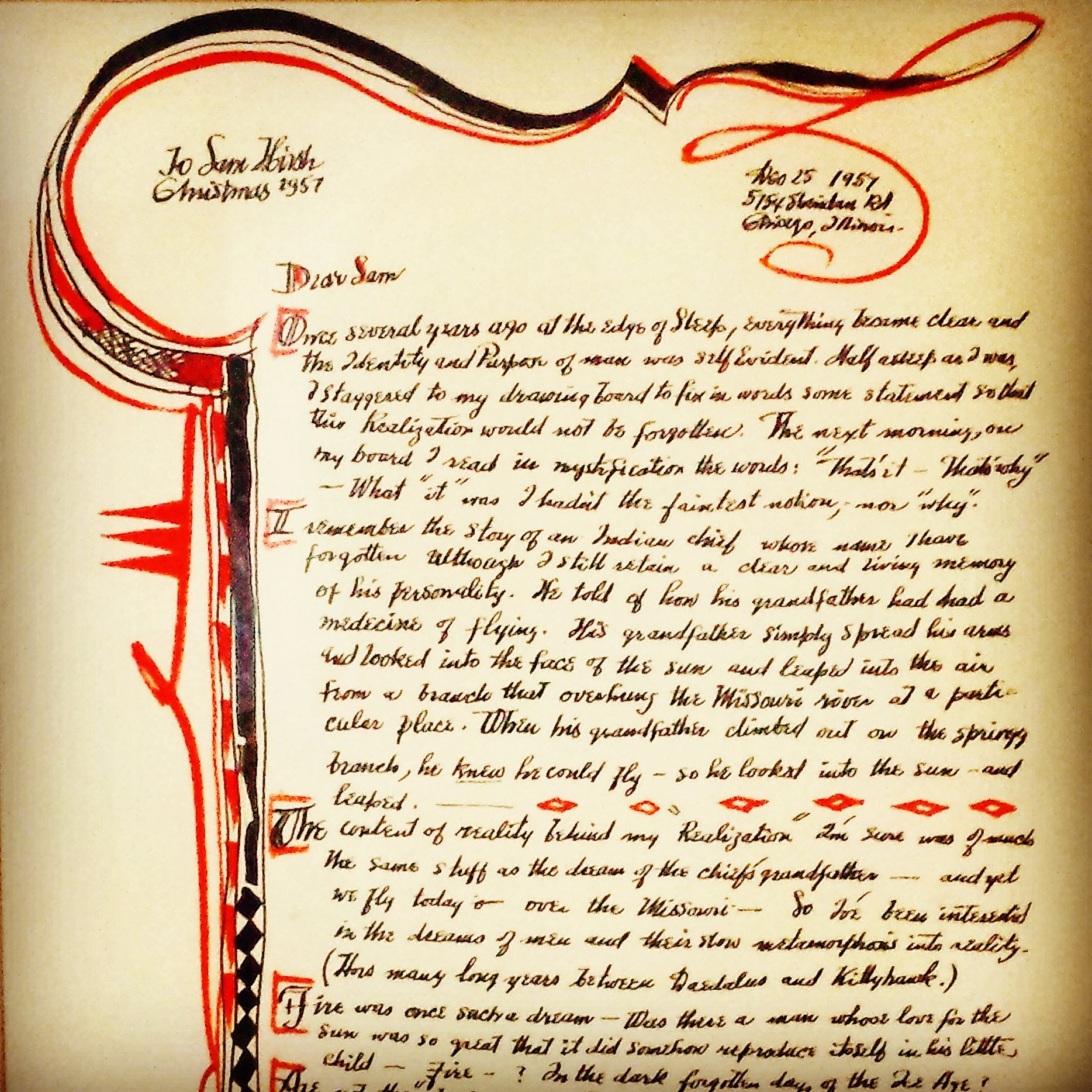Exploring Edgar Miller’s Story
Edgar Miller’s prolific career spanned nearly the entirety of the twentieth century. With so many facets, media, eras, and art forms to explore, Edgar Miller Legacy is eager to share with you our exploration page that is home to a growing library of articles and topics of discussion on different parts of Miller’s career and life. Come back to this part of the library as we continue to update it with more topical articles and informational pages to learn more!
Scroll down to explore topics!
In this article series, Edgar Miller Legacy explores the influences that helped shape Edgar Miller in his early career and throughout his life. Each article delves into a particular aspect of artisanship or movement that especially inspired Miller as an artist, designer, and architect. Click on an icon below to begin to explore an Influence or Mentor.
Edgar Miller’s Philosophy
One incredible bonus to researching the life of Edgar Miller is the copious amounts of writing he did on all matter of subjects. Art, obviously, was a major source of inspiration for putting his thoughts on paper. Yet he also wrote about many other subjects, like history, politics, and the evolutionary nature of humankind.
One such writing he considered so profound that he wrote it out as an elaborate scroll, with decorated margins and beautiful calligraphy, and sent it to his friend Sam Hirsh.
We have transcribed the piece below so you can read it for yourselves. It certainly has a prophetic tone: What are we here for? Is Art the reflection of our love of Nature? Are we all just cells in an even larger organism creating itself to become a unified Earth?
Handwritten letter to Sam Hirsh from Edgar Miller, December 25th, 1957.
Without using the word, he seems to be predicting the idea of Singularity, which was bubbling up amongst many futurist thinkers starting in the 19th century and taking a much more realistic quality at the beginning of the Computer and Space Age after World War II.
It is remarkable that Edgar thought so deeply on this subject, and it speaks to his nature not simply as a talented and proficient artist, but also as a truly great mind.










